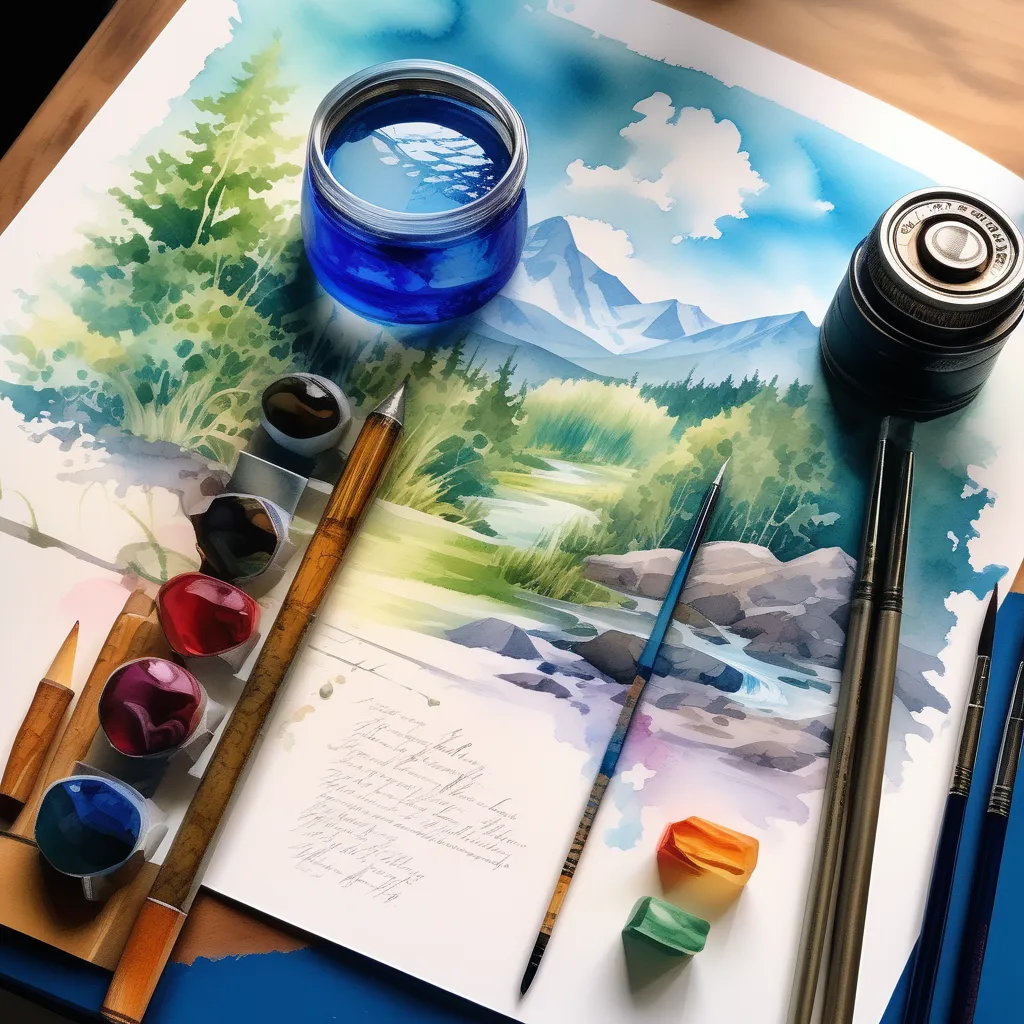The Art of Crafting the Perfect Resume
Introduction: Your Resume, Your Story
Personal Anecdote: I remember the first time I sat down to craft my resume. It felt like I was assembling the pieces of a puzzle, trying to capture my professional journey on a single sheet of paper. Little did I know, crafting the perfect resume is an art that evolves with each career step.

Your resume is more than a document; it's the story of your professional life. Let's dive into the art of creating a resume that not only showcases your skills but also tells your unique narrative.
1. Understanding the Canvas: Tailoring for the Job
Personal Anecdote: I once applied for two vastly different roles within the same company. Crafting a tailored resume for each position wasn't about deception but about emphasizing the aspects of my experience that spoke directly to the requirements of each role.
Key Point: One-size-fits-all doesn't apply to resumes. Tailor your resume for each job application by highlighting the skills and experiences most relevant to the specific role. This shows employers that you understand their needs.
2. The Palette of Skills: Showcasing Your Strengths
Personal Anecdote: In the early days, I underestimated the power of a skills section. It was a game-changer when I realized that this section isn't just a checklist but an opportunity to showcase the unique blend of skills I bring to the table.
Key Point: Create a dedicated skills section that not only lists technical proficiencies but also highlights soft skills. Use action verbs to convey your achievements and contributions effectively.
3. Crafting Your Story: The Power of Accomplishments
Personal Anecdote: Instead of listing job duties, I began sharing my proudest accomplishments in each role. It wasn't just about what I did but the impact I had. This shift transformed my resume from a job description to a success story.
Key Point: Accomplishment statements quantify your contributions. Focus on the results of your actions, using metrics whenever possible. This not only makes your resume more engaging but also provides tangible evidence of your impact.
4. The Design Brushstroke: Keep It Clean and Readable
Personal Anecdote: I once submitted a resume that I thought showcased my creativity with unique fonts and colors. Little did I know, the Applicant Tracking System (ATS) wasn't a fan. Lesson learned: simplicity is key.
Key Point: Opt for a clean, professional design. Use a readable font, appropriate margins, and clear headings. ATS systems prefer simplicity, ensuring your resume passes the digital screening process.
5. Navigating the Landscape: Creating an effective Layout
Personal Anecdote: I once received feedback that my resume was challenging to navigate. It led me to reconsider the layout, incorporating clear sections with strategic headings. This made it easy for recruiters to find what they needed.
Key Point: Structure your resume with clear sections, including contact information, summary, work experience, education, and skills. Use headers and bullet points for easy readability. A well-organized layout ensures recruiters can quickly grasp your qualifications.
Conclusion: Your Resume, Your Masterpiece
Personal Anecdote: As I look back at the evolution of my resumes, each iteration tells a different chapter of my professional journey. Crafting the perfect resume is an ongoing process, reflecting not just where you've been, but where you aspire to go.
Final Thoughts: Your resume is your professional canvas. Tailor it for each opportunity, showcase your skills with pride, highlight your accomplishments, keep the design clean and readable, and ensure easy navigation. Remember, the art of crafting the perfect resume is a dynamic journey, so embrace the process of continual improvement as you paint the picture of your career.







